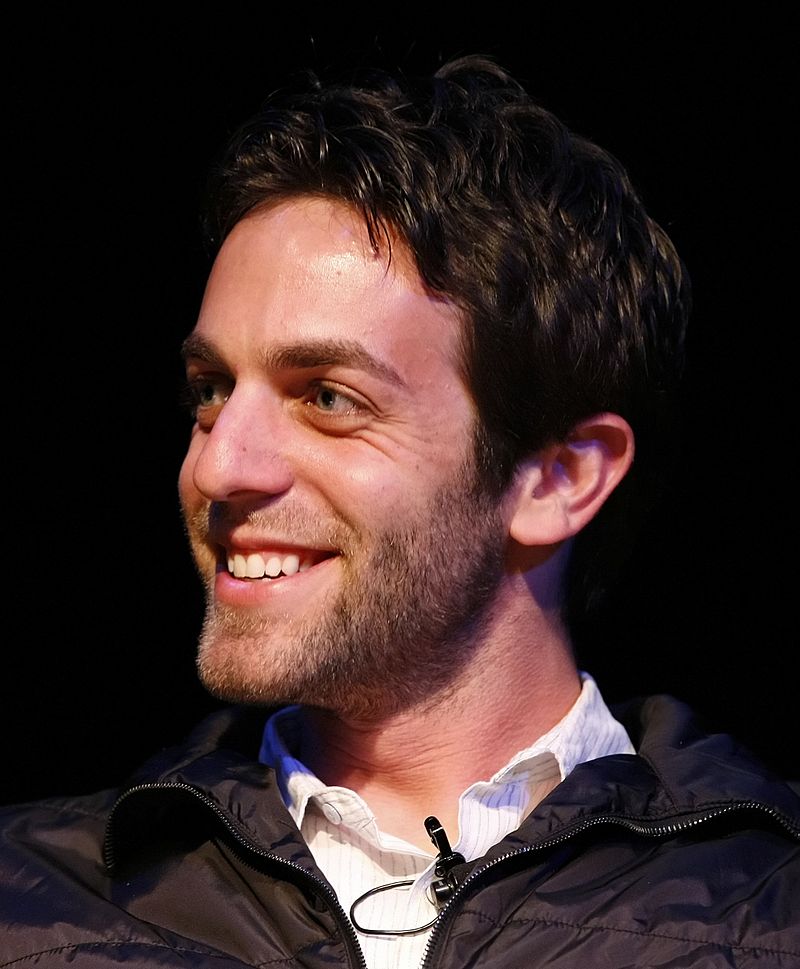 author
authorDiscover the Best Books Written by Maurice Sendak
Maurice Bernard Sendak was an American author and illustrator of children's books. He became most widely known for his book Where the Wild Things Are, first published in 1963. Born to Polish-Jewish parents, his childhood was affected by the death of many of his family members during the Holocaust. Sendak also wrote works such as In the Night Kitchen and Outside Over There and illustrated many works by other authors, including the Little Bear books by Else Holmelund Minarik.
Sendak was born in Brooklyn, New York, to Polish Jewish immigrants Sadie (née Schindler) and Philip Sendak, a dressmaker. Sendak described his childhood as a "terrible situation" due to the death of members of his extended family during the Holocaust, which introduced him to the concept of mortality at a young age. His love of books began when, as a child, he developed health issues and was confined to his bed. When he was 12 years old, he became an illustrator after watching Walt Disney's film Fantasia.
One of his first professional commissions was to create window displays for the toy store FAO Schwarz. His illustrations were first published in 1947 in a textbook titled Atomics for the Millions by Maxwell Leigh Eidinoff. He spent much of the 1950s illustrating children's books written by others before beginning to write his own stories. His older brother Jack Sendak also became an author of children's books, two of which were illustrated by Maurice in the 1950s.
Maurice was the youngest of three siblings. When he was born, his sister Natalie was 9 years old, and his brother Jack was 5. Sendak gained international acclaim after writing and illustrating Where the Wild Things Are, edited by Ursula Nordstrom at Harper & Row. It features Max, a boy who "rages against his mother for being sent to bed without any supper." The book's depictions of fanged monsters concerned some parents when it was first published, as his characters were somewhat grotesque in appearance.
Before Where the Wild Things Are, Sendak was best known for illustrating Else Holmelund Minarik's Little Bear series of books. Sendak later recounted the reaction of a fan: A little boy sent me a charming card with a little drawing on it. I loved it. I answer all my children's letters – sometimes very hastily – but this one I lingered over. I sent him a card and drew a Wild Thing picture on it. I wrote, 'Dear Jim: I loved your card.' Then I got a letter back from his mother, and she said: 'Jim loved your card so much he ate it.' That was one of the highest compliments I've ever received. He didn't care that it was an original Maurice Sendak drawing or anything. He saw it; he loved it; he ate it.
Almost 50 years later, School Library Journal sponsored a survey of readers that identified Where the Wild Things Are as a top picture book. The librarian who conducted it observed that there was little doubt about what would be voted number one and highlighted its designation by one reader as a watershed, "ushering in the modern age of picture books." Another called it "perfectly crafted, perfectly illustrated ... simply the epitome of a picture book" and noted that Sendak "rises above the rest partly because he is subversive."
When Sendak saw a manuscript of Zlateh the Goat and Other Stories, the first children's book by Isaac Bashevis Singer, on the desk of an editor at Harper & Row, he offered to illustrate the book. It was first published in 1966 and received a Newbery Honor. Sendak was delighted and enthusiastic about the collaboration. He once wryly remarked that his parents were "finally" impressed by their youngest child when he collaborated with Singer.
His book In the Night Kitchen, originally issued in 1970, has often been subjected to censorship for its drawings of a young boy prancing naked through the story. The book has been challenged in several U.S. states, including Illinois, New Jersey, Minnesota, and Texas. In the Night Kitchen regularly appears on the American Library Association's list of "frequently challenged and banned books." It was listed as number 21 on the "100 Most Frequently Challenged Books of 1990–1999".
Best author’s book



Written books
1




















